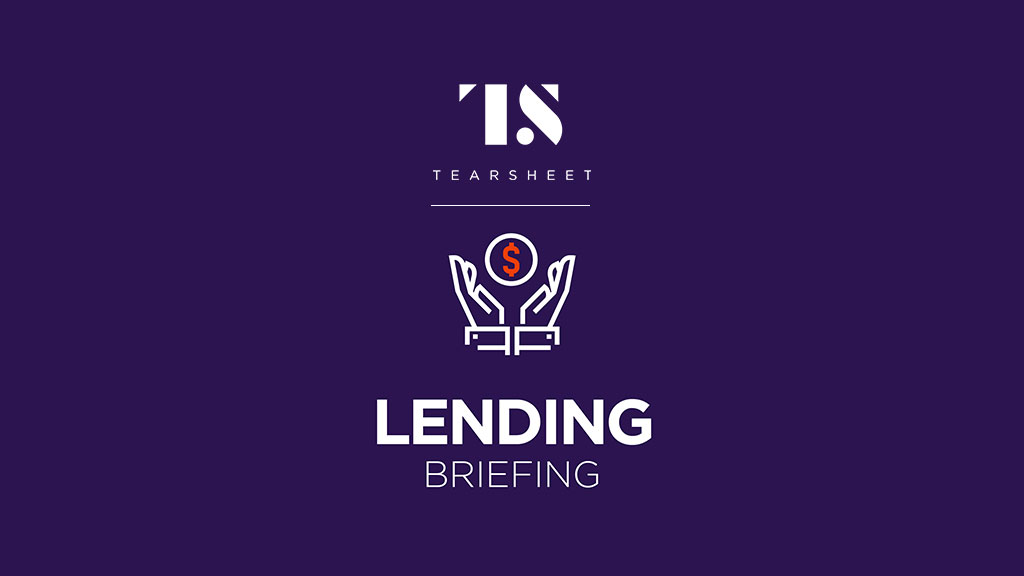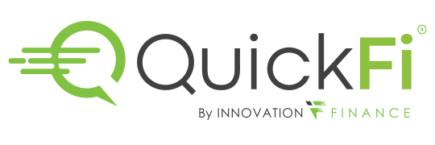
March 30, 2022 – QuickFi® was recently featured in an article with Iulia Ciutina of Tearsheet, a leading media company focused on technology’s impact on the financial services and fintech industry, detailing embedded lending in a platform economy.
Embedded lending is claiming its space in a platform economy
Lending is a complex process. It requires a sophisticated infrastructure, tech stack and scale, factors that have historically deterred companies outside the financial industry from developing such capabilities.
But changing market dynamics coupled with evolving consumer demands have allowed for a new business model to arise – embedded lending – which allows companies in any industry to integrate credit products to complement their existing services.
Embedded lending can give any company access to an infrastructure that it can use to begin financing its customers in any given industry. For a business, offering credit products can be a new revenue stream that also proves valuable in reinforcing core customer engagement.
For fintech lenders, embedding enables effective low-cost distribution and ability to quickly reach scale, plus access to valuable predictive data from the banking partner.
And the market has claimed new territory in recent years – from point of sale financing and BNPL for consumers, to merchant cash advances and revenue-based financing for businesses.
Embedded lending seems to be the next evolutionary step of embedded finance, and the ‘platformization’ of finance in general.
Traditionally, the existing system required customers to go and seek out a loan themselves, while banks competed on the actual credit products. But embedded lending can bring the product in front of the customer without the need of a deliberate search — reframing the legacy business model by placing customer experience at the center.
“The ideal experience for customers isn’t a more convenient account opening process. It’s not having to apply for the loan at all. It’s embedding lending within the context of the activity that the customer is attempting to complete,” writes Alex Johnson, director of fintech research at Cornerstone Advisors.
Therefore, the goal of embedded lending is to unobtrusively provide financial services within the products and services that customers already use to complete non-financial services activities, according to Johnson.
Another interesting aspect is that this new embedded finance market has mostly been propelled forward by fintechs offering white-labeled services that non-banks can use to serve their customers.
And sometimes, those fintechs are founded by people with decades of experience in the traditional industry.
For example, SMB lending platform QuickFi was founded by top officers from First American Commercial Bancorp. They found that the existing business model for financing commercial equipment, which was their specialty, took too long and was too costly for everyone involved.
The disruption of online services in other industries, such as e-commerce, was an indicator of what their market might experience in a future that’s more digitally connected. And having been in the business, they knew how hard it was going to be for them to be able to compete with other platforms from within an existing company.
“Why is it always an outsider that comes in and disrupts a market? Why is it that even Walmart, who had all the merchandising experience, the market dominance, isn’t able to compete with Amazon easily? Because changing your business model is a very hard thing to do,” QuickFi’s founder and CEO Bill Verhelle told Tearsheet.
One of the things they anticipated was the end-user self-service model, noticing that customer preferences were changing in that direction. Instead of a small business having to talk to a loan officer, or some sort of a finance salesperson, they could just do it themselves.
The transition away from a business that relies on loan officers and sales people to a mobile and engaging digital customer experience appears to be unfeasible. There’s not really a path to turn loan officers into mobile developers – it’s just a completely different business model that requires different resources.
“That’s what led us to the idea of building an Amazon-like platform that we could make available to all of our former competitors in the industry. For a very low cost they could use the platform, and they wouldn’t have to build it themselves,” QuickFi CEO Bill Verhelle said.
Therefore, banks might have to depart from the initial idea of building these capabilities internally, resigning to the fact that it makes more sense to build a partnership with those that already have the technology.
So what role would incumbents play in this new ecosystem? It might just become a matter of choosing the right partner…
About QuickFi® by Innovation Finance USA LLC:
QuickFi is a 100% digital, self-service, technology platform designed to serve creditworthy business borrowers by employing the latest technology, and by enabling an entirely new, customer-friendly self-service business model.
QuickFi is operated by global equipment manufacturers and banks wishing to quickly and cost effectively adopt the most advanced, secure, low cost, white label branded, end-to-end 100% digital equipment financing platform.
Qualifying QuickFi manufacturer and bank partners pay no up-front cost, and no long-term commitment is required.
For more information schedule a 15-minute demo here.
QuickFi® is covered by one or more US & foreign patents.










According to QuickFi’s tearsheet for 2022, the company is committed to delivering innovation in the finance industry as well as achieving impressive growth. A great example of their forward-looking approach to business is how transparent they remain.